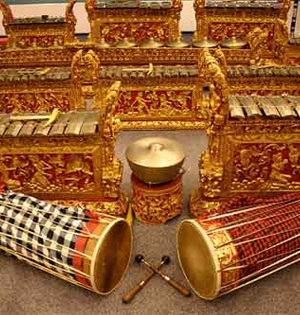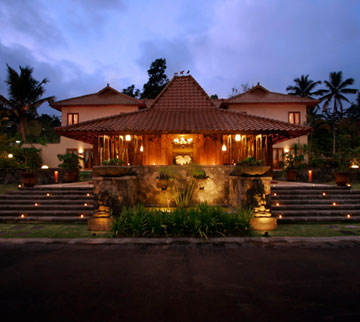Indonesia
Country statistics

Land area: 705,188 sq miles (1,826,440 sq km)
Total area: 741, 100 sq miles (1,919,440 sq km)
Population (2010 est.): 242,968,342 (growth rate: 1.1%); birth rate: 18.4/1000; infant mortality rate: 28.9/1000; life expectancy: 71.0; density per sq km: 130
Capital City: Jakarta
Monetary unit: Rupiah
Languages: Bahasa Indonesia (official), English, Dutch, Javanese, and more than 580 other languages and dialects
Ethnicity/race: Javanese 45%, Sundanese 14%, Madurese 7.5%, coastal Malays 7.5%, other 26%
Religions: Islam 88%, Protestant 5%, Roman Catholic 3%, Hindu 2%, Buddhist 1%, other 1%
Country introduction

Indonesia's 17,000 islands, of which about 6,000 are inhabited, are scattered around the equator, giving the country a tropical climate. The largest populated islands are Java, where about half of the population lives, Sumatra, Borneo (shared with Malaysia), New Guinea (shared with Papua New Guinea) and Sulawesi.
Its location on the edges of tectonic plates means Indonesia is frequently hit by earthquakes and the resulting tsunamis. Indonesia is also rich in volcanoes, the most famous being the now disappeared Krakatau (Krakatoa), which was located between the islands of Sumatra and Java.
Flora and fauna differ markedly between Kalimantan, Bali, and western islands on the one hand and Sulawesi, Lombok, and islands further to the east on the other hand. This ecological boundary has been called the Wallace line after its discoverer.
The culture

Art forms in Indonesia have been influenced by several cultures. The famous Javanese and Balinese dances, for example, contain aspects of Hindu culture and mythology.
Also well-known are the Javanese and Balinese wayang kulit shadow theatre shows, displaying several mythological events. Several islands are famous for their batik and ikat cloths.
Indonesia is culturally diverse and is home to hundreds of forms of music, with those from the islands of Java, Sumatra and Bali being the most frequently recorded. The best-known traditional music from Central/East Java and Bali is the Gamelan. A very popular modern style of music is the Dangdut, with the accompanying dance style. It is so popular that many political rallies have Dangdut performances to attract a larger audience.
Attractions & landmarks

Many Indonesian houses and buildings follow a distinct Javanese architectural style. As an example the joglo, uses the Central Javanese 'trademark', which, after 1900, gradually got confined to public spaces and dwellings of those with authority.
Most traditional Sumateranese houses are raised far from the ground and consisting of more than one floor (the Javanese's is just a one-floor house).
Indonesia is also a country with many volcanoes and islands. The most famous being the now-vanished Krakatau (Krakatoa), which was located between Sumatra and Java. Sangeang Api island is a typical example of volcanoes thvauntry.